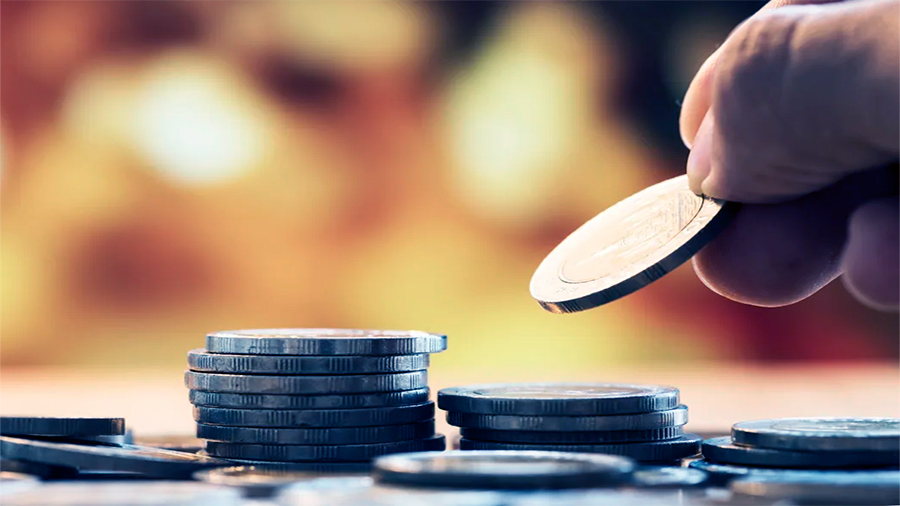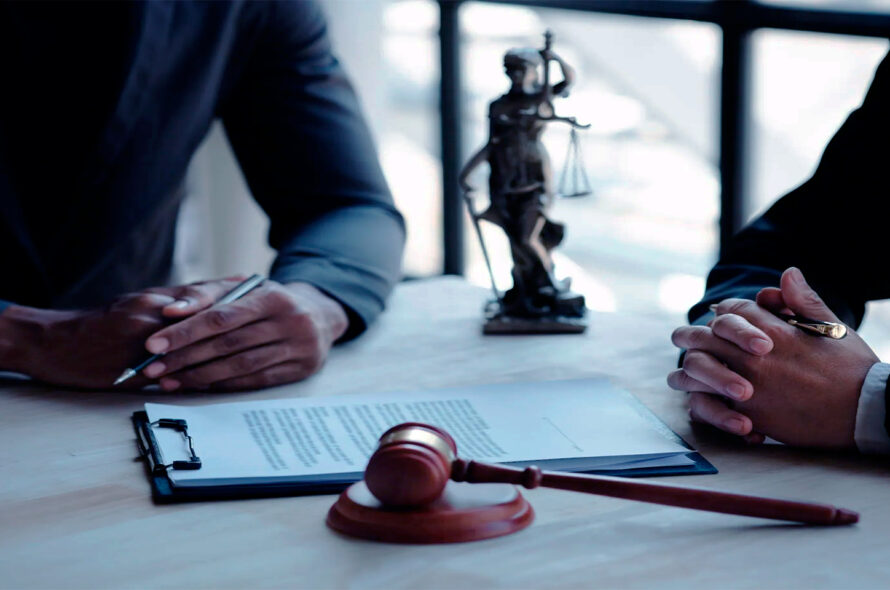Bankruptcy of Individuals: When Debts Become Insurmountable
For many people, debt begins as a manageable part of everyday life. Credit cards cover expenses, loans pay for education, mortgages provide homes. But when income falls or interest builds too fast, obligations can outgrow the ability to repay. At that point, bankruptcy becomes not just a legal procedure but a last resort for survival. It is the system’s way of admitting that repayment is impossible and offering a chance to reset. Behind the numbers and paperwork lies a deeply human struggle with financial limits.
How Debts Spiral Out of Control
Most bankruptcies don’t happen because of reckless spending alone. They are triggered by shocks—job loss, illness, divorce, or sudden interest hikes. A household already balancing multiple loans may find that one disruption topples the whole structure. Once late fees and penalties appear, debt grows faster than repayment capacity. Creditors demand minimums, collection agencies call, and stress increases. The spiral deepens when people borrow more to cover old loans, creating a cycle with no exit. By the time bankruptcy is considered, the choice is often between enduring endless pressure or seeking a clean slate.
Triggers of Collapse
Job losses, medical bills, or economic downturns push many into insolvency faster than they expect.
The Borrowing Trap
Taking out new loans to cover old ones creates an illusion of control that vanishes once interest compounds.
The Legal Purpose of Bankruptcy
Bankruptcy laws exist to balance fairness. On one side, creditors have a right to recover what they can. On the other, individuals deserve a chance to rebuild. Bankruptcy stops collection efforts and forces a structured process: debts are reorganized, reduced, or discharged. Instead of being pursued indefinitely, a debtor gains breathing space. The process doesn’t erase responsibility but recognizes limits. It aims to prevent people from being trapped forever in obligations they cannot meet, while ensuring creditors recover at least part of what they are owed. In this sense, bankruptcy is both a shield and a compromise.
Protection for Debtors
Once bankruptcy is filed, harassment from creditors ends, allowing individuals to regain control of daily life.
Recovery for Creditors
Lenders do not receive full repayment, but the law ensures some recovery, balancing loss with fairness.

Emotional and Social Weight
The stigma of bankruptcy is often heavier than the financial details. Many see it as failure, even when caused by circumstances beyond control. Families may feel shame, relationships strain, and mental health suffers. Yet for many individuals, declaring bankruptcy is the only way to reclaim stability. Once the legal process begins, the relief of stopping endless calls or letters often outweighs the embarrassment. Over time, as credit scores repair and new financial habits form, people often view bankruptcy less as an end and more as a reset button—painful, but necessary for survival.
The Stigma Problem
Bankruptcy still carries a cultural weight, shaping how families and communities view financial distress.
Relief After Filing
For many, the emotional release of halting creditor pressure outweighs the fear of reputational damage.
Different Paths Within Bankruptcy
Not all bankruptcies are the same. In some cases, debts are liquidated: assets are sold, and proceeds go to creditors. In others, repayment plans are created, stretching obligations across several years at reduced amounts. Each path depends on income, assets, and local laws. For wealthier households, restructuring may allow them to keep homes or businesses while paying off part of what they owe. For those with little left, liquidation may be the only route. What unites these approaches is the recognition that total repayment is no longer possible, and that some form of relief must occur.
Liquidation
Assets are sold and proceeds distributed, often leaving debtors with little but a chance for a restart.
Restructuring
Payment plans allow debtors to repay part of what they owe over time while preserving essential assets.
Life After Bankruptcy
Declaring bankruptcy is not the end of financial life. Credit scores take a hit, but they can recover. Access to loans shrinks, but small credit opportunities usually return after a few years. Many who go through bankruptcy become more cautious, budgeting tightly and avoiding unnecessary borrowing. Others use it as a lesson in understanding risk and income stability. While the mark of bankruptcy can last for years on paper, the reality for many is a gradual return to normalcy, often stronger than before. The law gives people the ability to rebuild, even if the road back is long.
Rebuilding Credit
Credit cards with low limits or secured deposits often serve as first steps back into the system.
Learning Discipline
Bankruptcy can instill habits of budgeting, saving, and more cautious borrowing that shape long-term stability.
Why It Matters
Individual bankruptcy reflects a deeper reality: modern economies depend on credit, and when credit overwhelms, relief must exist. Without a legal escape, millions could be trapped in cycles of debt with no path forward, weakening both individuals and economies. By acknowledging financial limits and allowing resets, bankruptcy laws provide a necessary balance between ambition and security. They do not eliminate risk, but they prevent risk from turning into permanent ruin. In the end, bankruptcy shows that even when debts are insurmountable, life can move on, and recovery is possible.
Protecting Economies
Bankruptcy procedures prevent systemic damage by resolving unmanageable debts before they spread through markets.
A Path to Renewal
The process allows individuals to reset, preserving productivity and consumption in the long run.

Looking Ahead: Bankruptcy in a Digital Credit Age
Future bankruptcy laws may need to adapt to new forms of borrowing. Digital credit, subscription-based financing, and buy-now-pay-later schemes make debt less visible, raising the risk of sudden insolvency. Regulators could require clearer disclosures, while courts may develop procedures to handle fragmented micro-debts. Artificial intelligence might track repayment risks earlier, offering interventions before bankruptcy becomes inevitable. The psychological toll of invisible debt could shape reforms, ensuring that relief systems evolve alongside lending practices. Bankruptcy will remain a safety net, but its design will increasingly reflect the realities of a digital, credit-saturated world.
Invisible Debt Challenges
As smaller, hidden obligations rise, bankruptcy systems must adapt to address them effectively.
Tech-Driven Oversight
Predictive tools and AI may help spot insolvency risks earlier, guiding people toward relief before collapse.
Conclusion
When debts exceed what individuals can ever repay, bankruptcy becomes the final option. It carries stigma, stress, and consequences, but it also offers relief and a way forward. Bankruptcy laws ensure that individuals are not crushed permanently under obligations while creditors recover what they reasonably can. For many, the process transforms overwhelming despair into a structured path toward recovery. It is a reminder that even financial failure can be managed, and that starting over is sometimes the only way to move ahead.










